After two decades, the Tanner Conference has become a fixture of the fall semester. Classes are canceled and community members pack into classrooms to hear student presentations about learning outside the classroom: internships, study abroad, civic engagement, and other opportunities. The conference—made possible by trustee emerita Estelle “Nicki” Newman Tanner ’57—aims to help students reflect on their off-campus experiences and how they link to classroom studies.
But like everything in 2020, Tanner’s 20th-anniversary celebration got turned on its ear. Instead of a day-long conference, the College sponsored a week-long virtual summit in October. Four student panels on topics particularly relevant to this period were livestreamed to the community: The COVID-19 Pandemic; The Changing Environment; The Movement for Racial Justice; and The 2020 Election.
In addition, students, faculty, and staff were invited to record interviews with StoryCorps about their experiences in 2020. “By engaging in a StoryCorps interview,” says Elizabeth Mandeville ’04, director of exploration and experiential learning in Career Education, “members of our community are not only contributing their stories to the historical record, but also—and most importantly—creating space to sit down with someone they care for, share questions and reflections, and listen. This is the gift that the Tanner Conference gives us every year.” The oral histories will be archived at the Library of Congress and in the College Archives.
The off-campus experiences of three students who made Tanner presentations are reported below.
Gaya Krishna ’22
From Student To Essential Worker
When Gaya Krishna ’22 left campus in March 2020, the last thing she expected was to take a gap year from Wellesley—or to become an essential worker combating the pandemic in her hometown, Houston. But as she recounted during the Tanner COVID-19 pandemic panel, she returned to a safe and stable home environment where no one was in a high-risk group and both parents had kept their jobs. “As I became more and more aware of this position of privilege that I was in,” she said, “I felt a need to do something with it.”
Krishna joined her county’s medical reserve corps and spent the scorching Texas summer working outside eight hours a day, six days a week, at a COVID-19 testing site—screening individuals for symptoms of the virus and educating them about preventative measures. It was the first time, she said, that she had “volunteered with a heavy sense of responsibility, because not screening one person properly could lead to disaster.”
“The experience really resonated with me,” Krishna said, so much so that in September, she signed on as a health screener at a local high school in an underserved area. There, she saw firsthand the deep challenges the pandemic has brought to low-income communities: “We have students who come in that are classified as homeless, and school is the only place they can reliably get two meals a day,” she said. “How do you look at someone who is exhibiting symptoms in their situation and tell them that they have to go home when they may not have a safe place to return to? How do you tell a staff member to go home when they don’t get paid sick leave and their job is their only source of income?”
As the Houston case count escalated, Krishna spoke of the dismay she felt seeing people on television not wearing masks or social distancing. But her work has also left her with a sense of hope. She told of having to speak to teachers and administrators at the school who were not following safety guidelines. “What I’ve found is that if you can sit down and really put aside your convictions about what is right and wrong and come from a place of empathy, then people are actually surprisingly reasonable,” she said. “Wearing a mask isn’t a question of politics. It’s about the lives of your family and friends, and people are actually really receptive to that message. … People are not immune to empathy.”
Iris Haastrup ’22
Meals for The Food Insecure
Professor Brenna Greer, moderating the panel The Movement for Racial Justice, asked student speakers how they defined racial justice—and how they engaged with that concept in their work. Iris Haastrup ’22 spoke up: “Racial justice can’t be achieved through making incremental change. We have been seeing incremental change for years. My grandmother marched in the Civil Rights march. I don’t want to get to her age and have my kids and grandkids keep fighting. … We need change now.”
At home last summer on Chicago’s South Side, Haastrup took immediate steps to bring change. During the pandemic, schools, though closed, were used to distribute meals to students and families who did not have access to food. Following protests after the deaths of George Floyd, Breonna Taylor, and others, those distribution programs were temporarily suspended. “I think access to healthy food is a human right,” Haastrup said. “Having things like lettuce and cabbage and greens and kale—all of these things we take for granted. These are things a lot of people don’t have in their communities.”
Harnessing social media, she quickly organized South Side Grocery Pickup, putting out a call for produce, groceries, and toiletries that could be donated her community. People she had never met before, as well as her network of Wellesley students and alumnae, made contributions of cash and food. Haastrup’s cousin’s paint store served as a drop-off and pickup point on an appointed day. “Within the first two hours, the store was filled with groceries,” she says. “Within the span of three hours, everything was gone within the store, indicating that this type of initiative is really needed for low-income and Black and brown communities.”
It was such a success that Haastrup did it again, only bigger, for Juneteenth. In addition to groceries, she received PPE from the Black Caucus Foundation, toiletries from the district’s state senator, 500 tacos and 300 cupcakes from local restaurants, and much more. The event included African dancing and drumming, as well as performances by youth hip-hop and tap groups. “People only associate Chicago with Black pain and Black death,” she says. “There are so many other things—like Black joy—to associate the city of Chicago with … . This was a really impactful experience for me and my community.”
Frannie Adams ’21
Dreams of Greener Cities
Frannie Adams ’21, an environmental studies major from Roxbury, Mass., originally planned to spend the summer of 2020 studying coral health. When the pandemic upended her plans, she joined a program sponsored by Wellesley’s Paulson Ecology of Place Initiative, which allowed students around the U.S. to study trees, air quality, and biodiversity wherever they were.
With the remote support of a group of faculty and staff, Adams learned to use a variety of tools to collect data from her neighborhood: air beams, to record air quality based on the amount of particulate matter in the air, like pollen or exhaust from buses; iNaturalist, to survey biodiversity by identifying plants and other organisms; and ArcGIS, to do spacial data mapping. She created maps that showed correlations between tree canopy cover and urban heat content, as well as tree cover and socioeconomic status.
Drawing on data from students in her group in different areas of the country, the maps were “especially helpful in showing the disparities between higher-income communities that had more tree canopy cover and less heat content and lower-income communities that had less tree canopy cover [and] higher heat content,” Adams says. In her Tanner presentation, she pointed out, “The people who live in these [lower-income] areas suffer different health outcomes as well as just different experiences overall in terms of connection to their environment and in terms of feeling like they can go to a park or not, and just [having] education in the environment, whether they can go outside and have a science class in a garden or not.”
Adams delved into scholarly literature on trees in communities around the world. Humans, she noticed, have a preference for “a few different species for a large area, instead of diverse species. That could have implications for health for tree species and population health in case of disease.”
Adams found herself longing for changes in her neighborhood: areas that could be set aside for environmental development, rather than new buildings, and a policy that would require trees at every bus stop. “Not only would that help mitigate urban heat content, it would provide shade for people at bus stops and help with emissions from the buses,” she said. “As I was going through my daily data collection, I started to have all these ideas and dreams about what could be done in my neighborhood.”




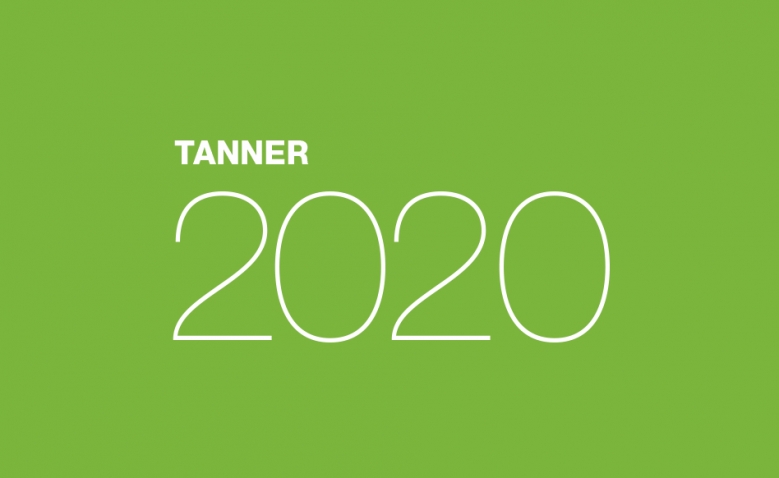
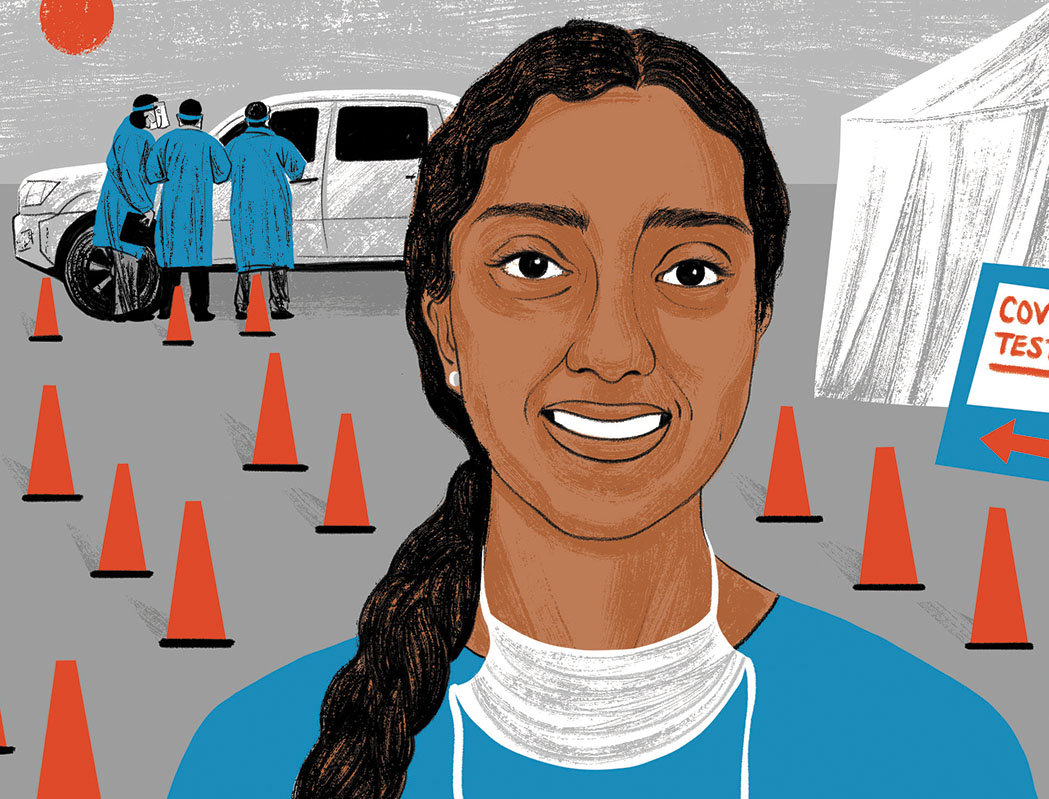
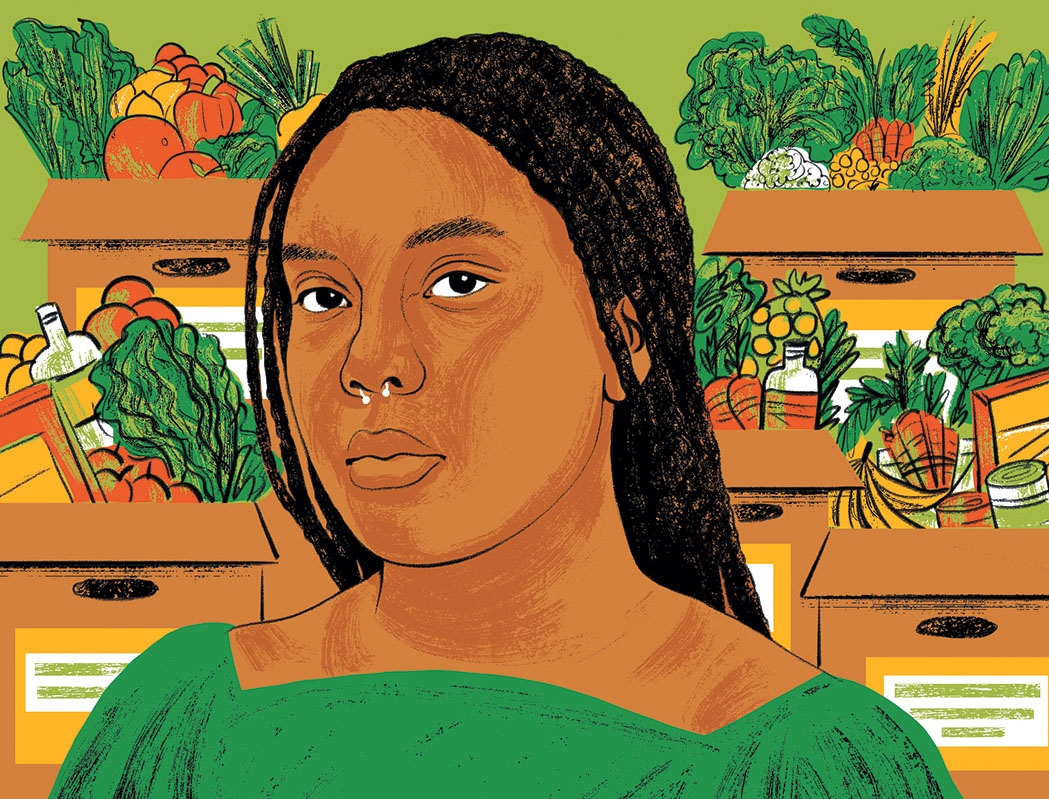
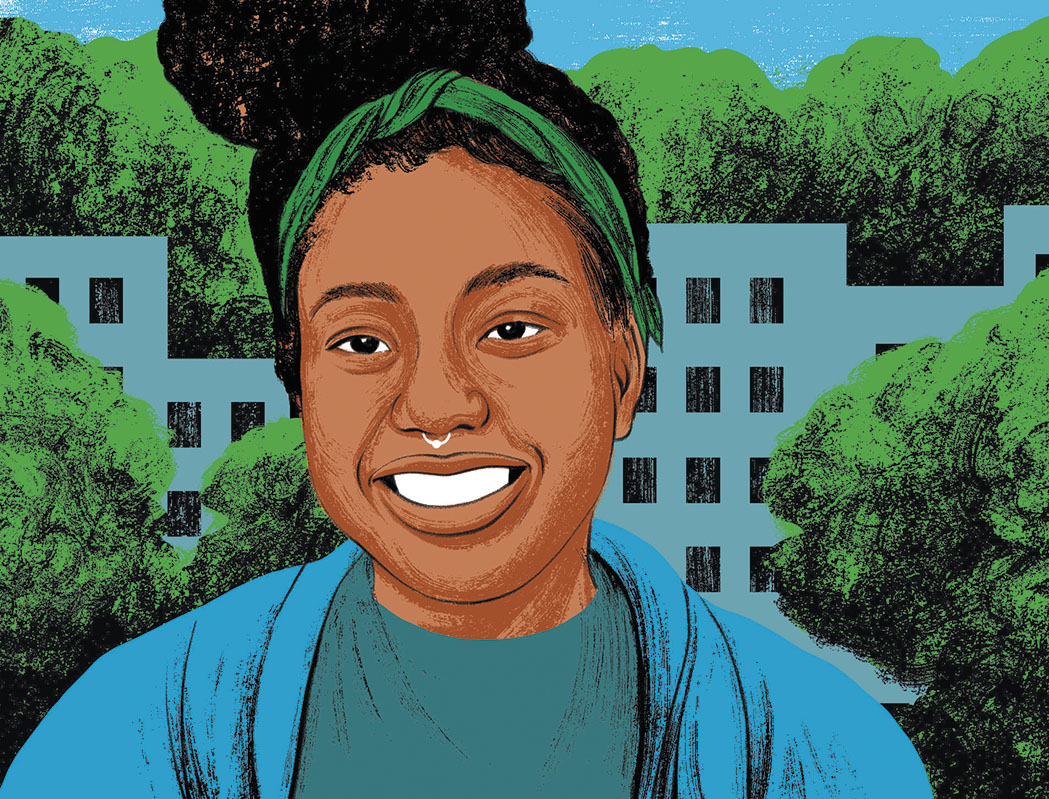

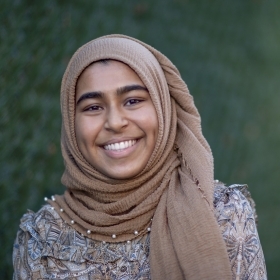
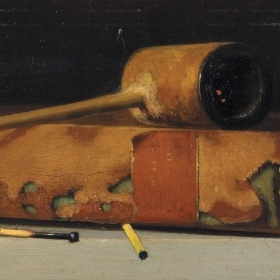
We ask that those who engage in Wellesley magazine's online community act with honesty, integrity, and respect. (Remember the honor code, alums?) We reserve the right to remove comments by impersonators or comments that are not civil and relevant to the subject at hand. By posting here, you are permitting Wellesley magazine to edit and republish your comment in all media. Please remember that all posts are public.